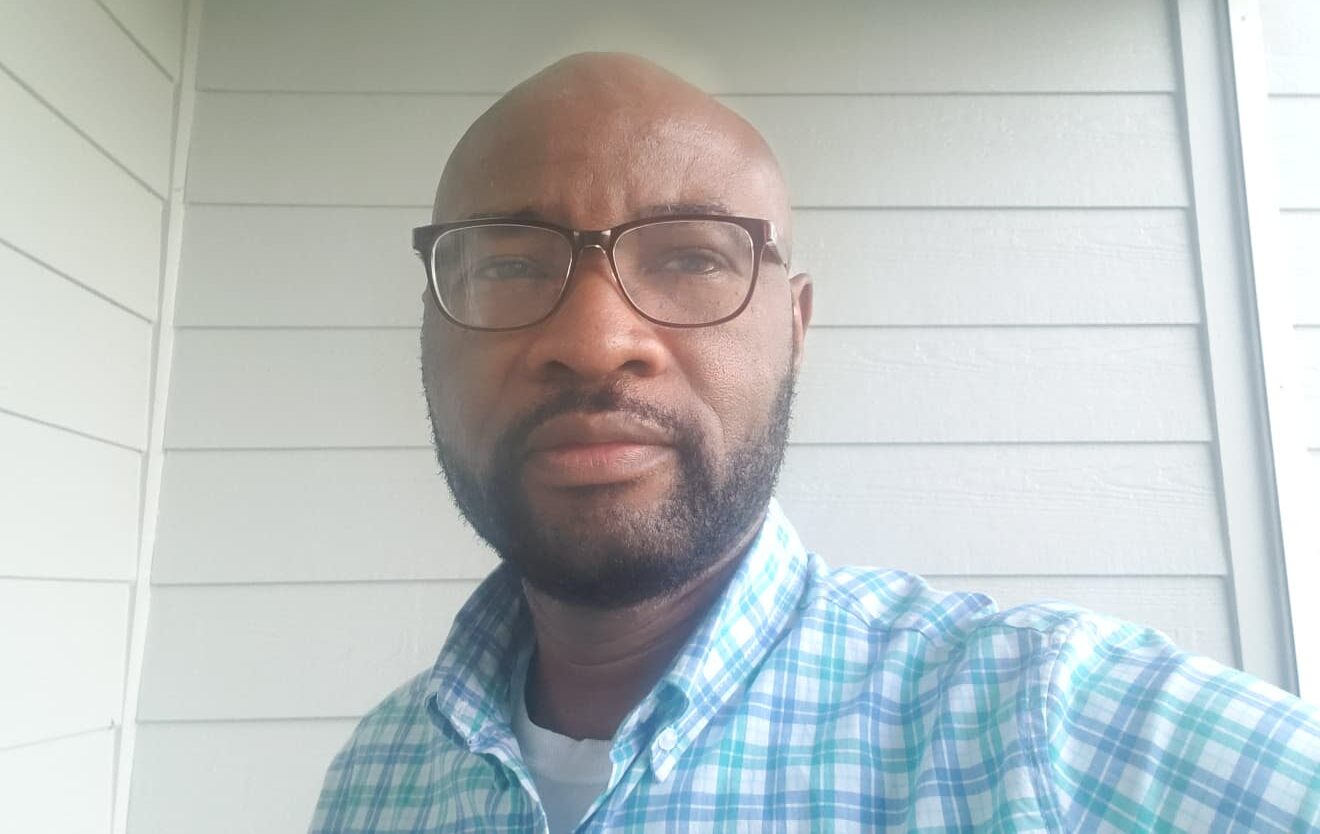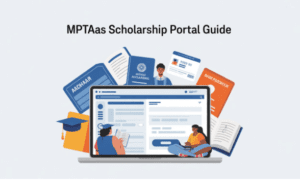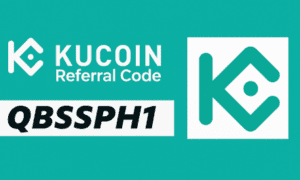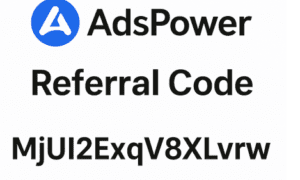In March 2022, the International Journal of Social Science Exceptional Research published a groundbreaking study that is already stirring conversation in academic circles. Titled “Designing Interactive Visual Analytics Frameworks for Higher Education: Feedback and Satisfaction Insights,” the research proposes a transformative model for how universities and colleges can process and act upon feedback. It is not just another academic exercise in data management; it is a vision for reshaping decision-making in education. Among the distinguished authors is Cyril Imohiosen, whose role in this collaborative work reflects a deep commitment to bridging research innovation and practical application in the higher education sector.
The study begins by confronting an age-old problem: feedback data in universities is often rich in information but poor in accessibility. Student evaluations, faculty satisfaction surveys, and institutional assessments are typically stored in static formats, such as spreadsheets or PDF reports. While these formats preserve the numbers and words, they rarely tell a story quickly or clearly enough to drive timely action. The authors challenge this status quo by presenting a framework that harnesses the power of interactive visual analytics, enabling academic leaders to explore, interpret, and respond to data in real-time.
This framework does more than upgrade visuals. It creates an ecosystem where charts, heatmaps, and dashboards replace pages of static figures, turning feedback into an evolving narrative. In the model outlined by the authors, including Bisayo Oluwatosin Otokiti, Florence Ifeanyichukwu Olinmah, Olayinka Abiola Adams, Dennis Edache Abutu, Isaac Okoli, and Cyril Imohiosen, visual tools are used to surface patterns that might otherwise be buried. Diverging bar charts can highlight the stark differences between departments. Heatmaps reveal trends that might only be guessed at in traditional reports. Sentiment analysis adds layers of meaning to numerical scores, providing nuance and depth to institutional data.

Yet, the innovation in this work is not simply about design elegance. The authors deal head-on with issues of data quality, user engagement, and ethical responsibility. They emphasize the need for clean, reliable inputs so that visual outputs can be trusted. They stress that the platform must be intuitive enough for both technically skilled analysts and non-technical decision-makers to navigate. Most importantly, they weave privacy protection into the very fabric of the system, ensuring that sensitive feedback remains confidential in an era where data ethics is under intense scrutiny.
What makes this framework particularly compelling is its commitment to human-centered design. The authors recognize that higher education operates as a community of diverse stakeholders with varying levels of technical literacy. By ensuring the system is accessible and inclusive, they make it possible for deans, department heads, program directors, and quality assurance officers to all engage with the same data without relying solely on specialist intermediaries. This democratization of data fosters transparency and collective responsibility, shifting feedback from a top-down report to a shared resource for institutional growth.
Cyril Imohiosen’s involvement adds an important dimension to the project. Based at Palm Beach Atlantic University in Florida, Imohiosen brings an international perspective to the collaboration, contributing to a vision that resonates across borders and cultures. His co-authorship reflects a scholarly ethos that values not only theoretical advancement but also the translation of research into practical, adaptable tools that can serve institutions of varying scales and contexts.
The publication arrives at a time when higher education is grappling with unprecedented change. From shifting student expectations to the rapid integration of digital learning, institutions must be agile in their decision-making. This proposed framework offers a means to that agility by shortening the distance between data collection and actionable insight. It is not merely about making information prettier; it is about making it more powerful. The result is a tool that allows academic leaders to identify emerging challenges, respond to trends, and foster a culture of continuous improvement.
Looking ahead, the authors encourage institutions to pilot the framework, gather real-world feedback, and refine its functionality through iteration. They envision longitudinal studies that would track the impact of interactive visual analytics on institutional performance and culture. The study leaves the door open for adaptation, suggesting that the principles it lays out could be customized for different sectors of education, from community colleges to research-intensive universities.
For Imohiosen, this project is more than a publication; it is a statement about the future of educational governance. It champions transparency, responsiveness, and the intelligent use of technology. It signals a readiness to move away from tradition-bound systems toward data practices that are as dynamic as the educational environments they serve. His role in shaping this vision situates him firmly among the thought leaders who are helping higher education evolve in both form and function.
Ultimately, “Designing Interactive Visual Analytics Frameworks for Higher Education: Feedback and Satisfaction Insights” represents a leap forward in how we think about academic feedback. By replacing static reports with dynamic, interactive systems rooted in ethical and inclusive design, the authors offer institutions not just a tool, but a philosophy for engaging with data. As a co-author, Cyril Imohiosen is part of a pioneering effort that is set to influence how universities worldwide view, interpret, and act upon the voices within their communities. It is a development that is both timely and necessary in the changing landscape of higher education, and one that will likely leave a lasting mark on the field.


































